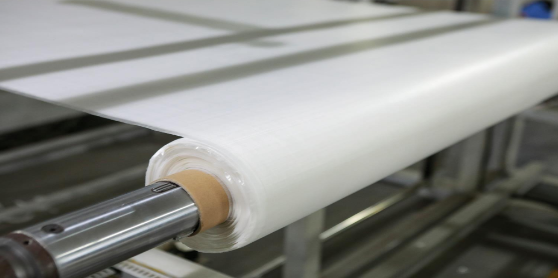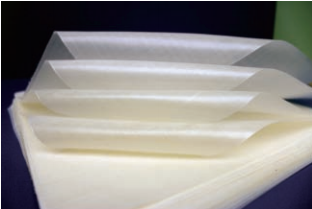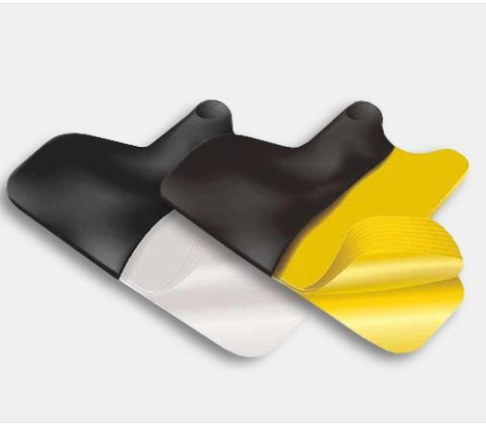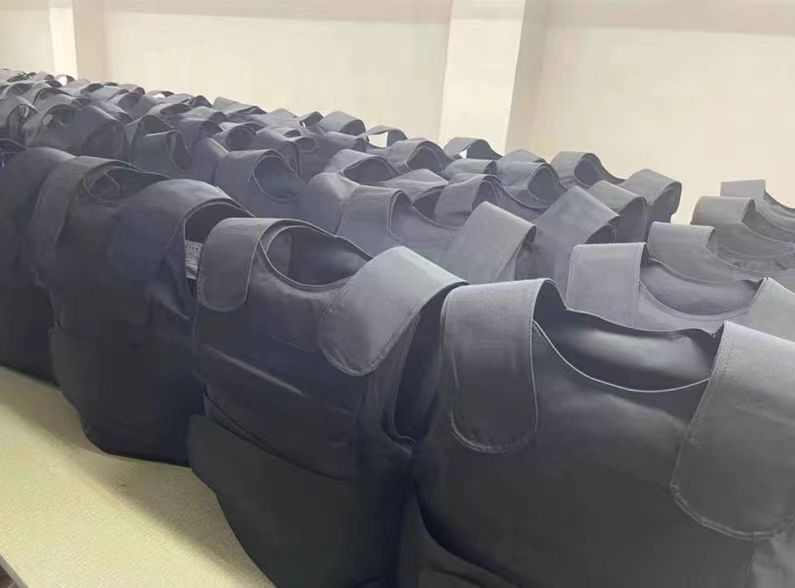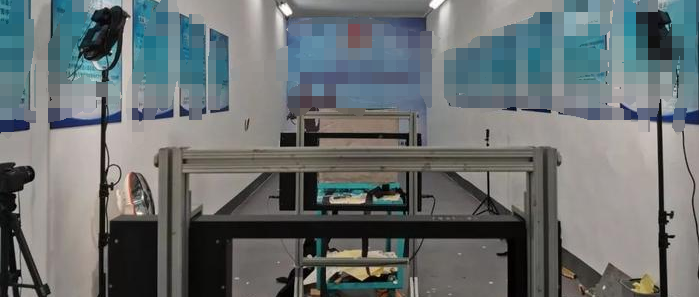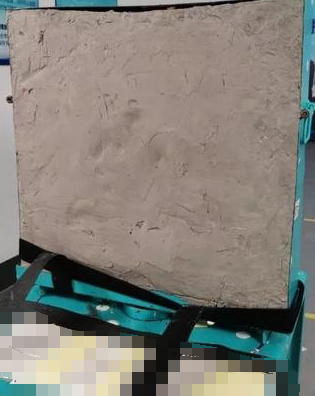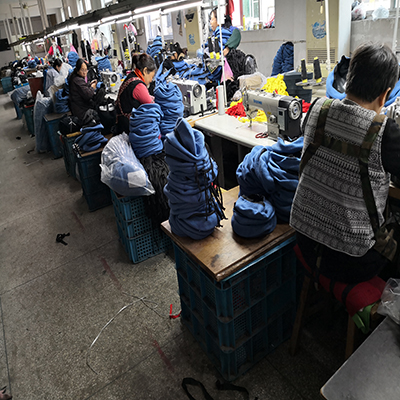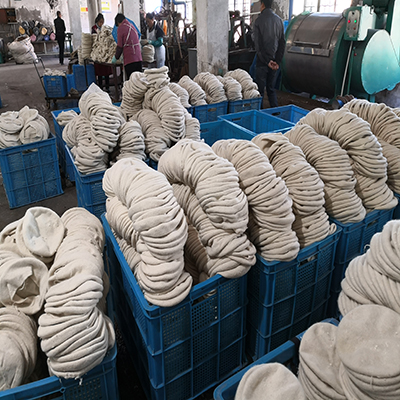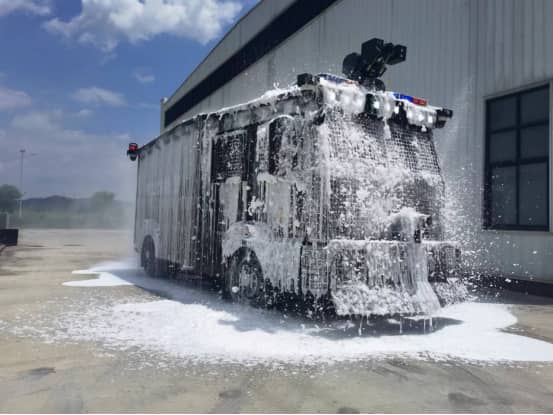In movies and video games, body armor makes you invulnerable, able to survive many shots without even slowing down. In real life, of course, things are much different: Body armor doesn’t repel bullets. Being shot — even with armor on — is a traumatic experience at best. When a bullet hits body armor, the tough layered fibers that make up the armor decelerate the bullet and spread out its force. The bullet’s effect on the armor, and the tissue beneath it, is still considerable, and can cause tearing of the skin, bruising, and even broken bones.
We- China Xinxing Guangzhou Imp&Exp Co., Ltd. will introduce how to test the body armor.
However, the amount of deformation must fall within certain limits or the armor will fail to live up to the standards co-authored by the National Institute of Standards and Technology (NIST) and the National Institute of Justice (NIJ). The standards were developed with input from a wide variety of stakeholders and published by the NIJ. These standards require that the armor be tested by mounting it onto a block of clay with specific, well-understood properties. Researchers use clay that is only deformed by a specific amount when a 63.5 mm (2.5 inch) diameter steel sphere is dropped onto it from a height of 2 meters (6.56 feet). When the armor is tested, it must withstand 12 shots, six front and six back, and the deformations in the clay block behind it may be no deeper than 44 mm (1.73 inches).
Research at NIST has found that moisture from sweating, along with the folds that occur in the vests’ fibers from the officers wearing the armor, can cause certain types of fibers to weaken and fail. As a result, part of the current test method requires six samples of each type of armor to be tumbled in something like a commercial dryer with a controlled heat and humidity to simulate wear and tear before they are subjected to the live fire test.
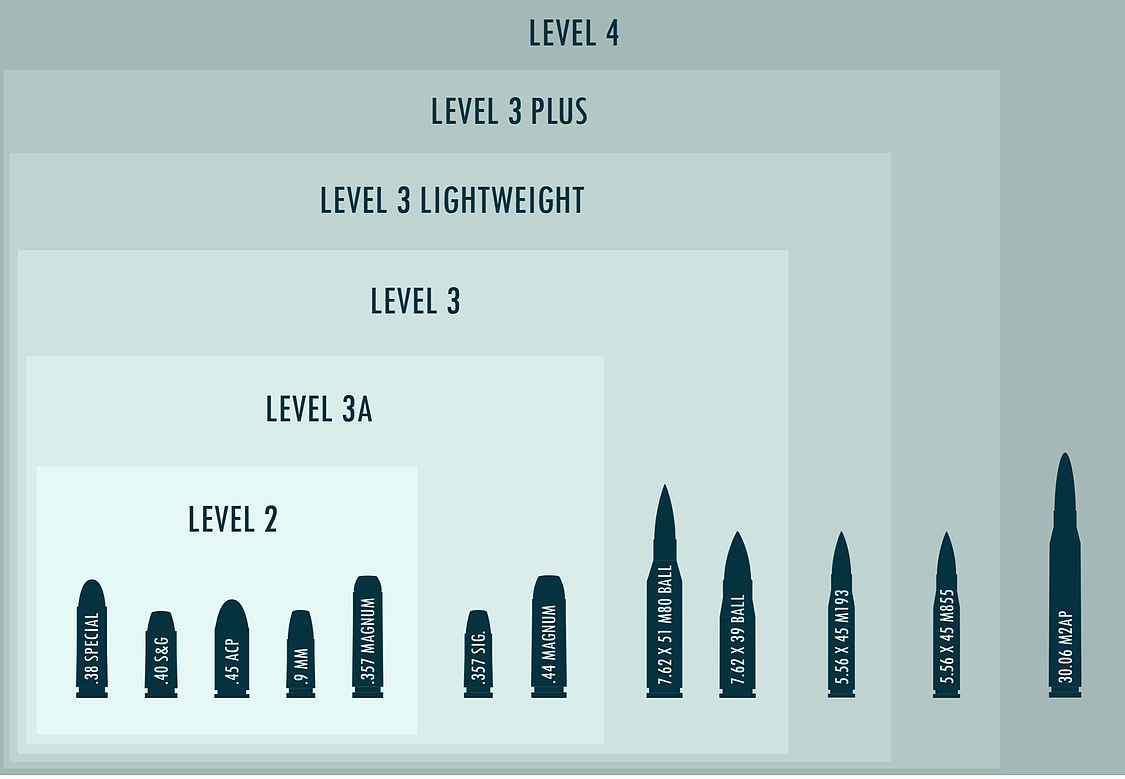
NIST worked with the U.S. Army and the U.S. Department of Justice (DOJ) to develop the first generation of these tests in the 1970s. Today, NIST partners with the NIJ, the research arm of the DOJ, to develop standards and Bulletproof body armor. The DOJ provides funding to police departments to buy vests that have been shown to be trustworthy by adhering to those standards and passing those tests. While we would hope that no officer should ever have their armor tested in the field, testing and standards for body armor reassures us that the armors they wear will perform for them when they need it most.




